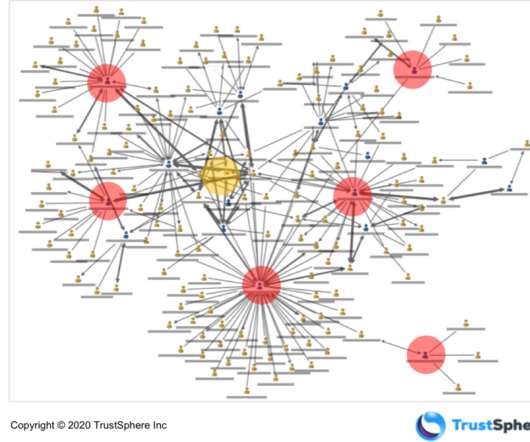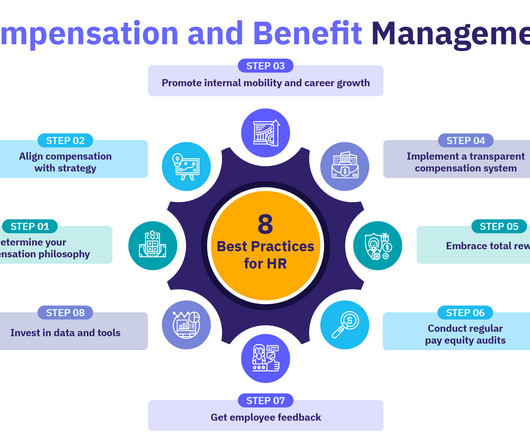Workforce Planning Model: Process, Benefits, Elements & Examples
HR Lineup
JANUARY 22, 2024
Environmental Scan: The process begins with a comprehensive analysis of the external environment. Internal Analysis: Organizations then delve into an internal analysis, assessing their current workforce, skills, and competencies. Internal analysis is critical for identifying gaps and areas for improvement.




























Let's personalize your content